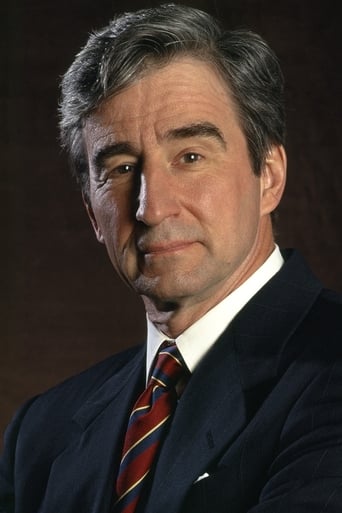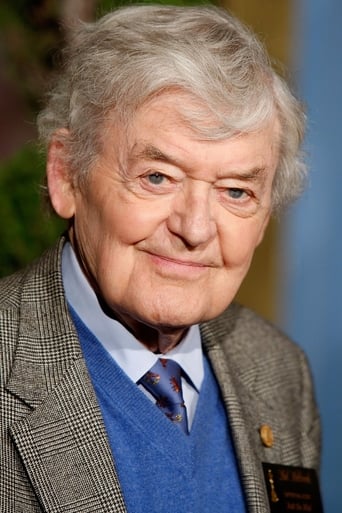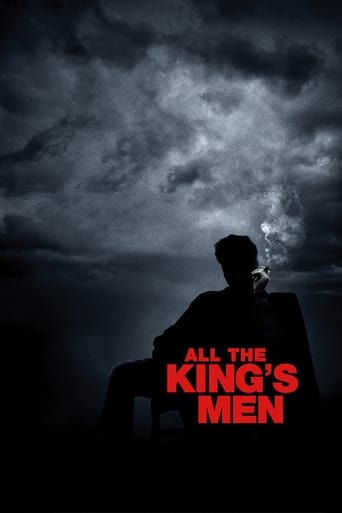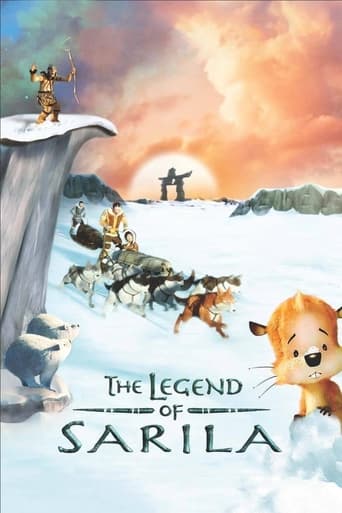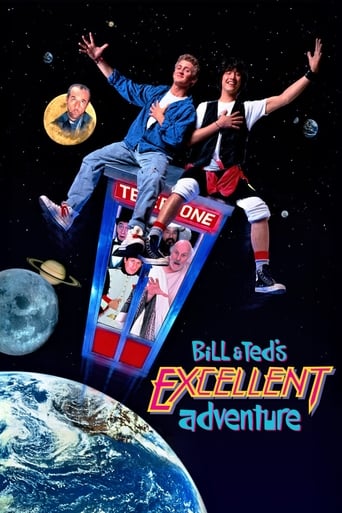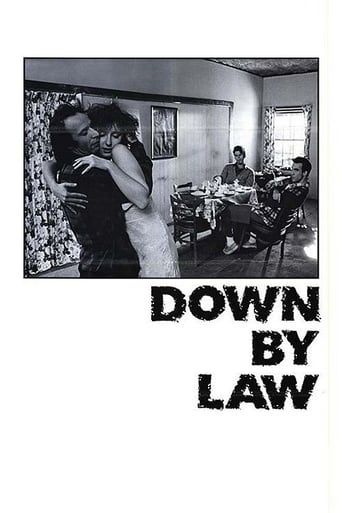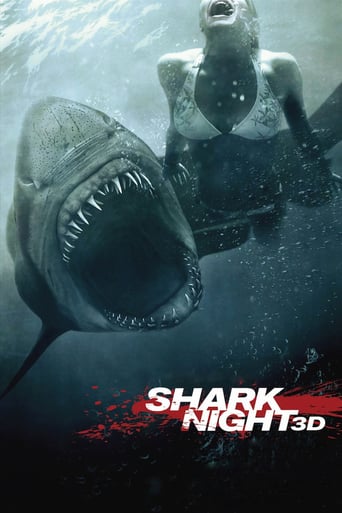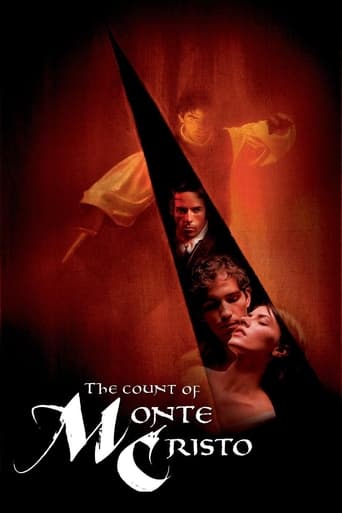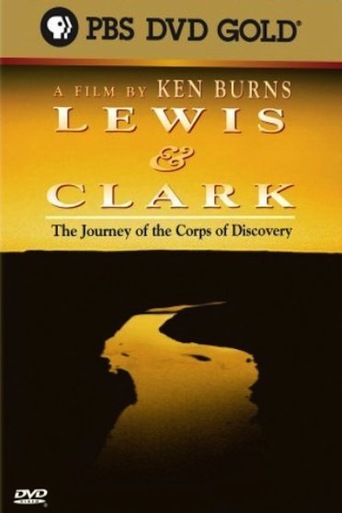

Lewis & Clark - The Journey of the Corps of Discovery (1997)
Sent by President Thomas Jefferson to find the fabled Northwest Passage, Meriwether Lewis and William Clark led the most important expedition in American history— a voyage of danger and discovery from St. Louis to the headwaters of the Missouri River, over the Continental Divide to the Pacific. It was the United States' first exploration of the West and one of the nation's most enduring adventures. This extraordinary film tells the remarkable story of the entire Corps of Discovery— not just the two famous Captains, but the young army men, French-Canadian boatmen, Clark's African-American slave, and the Shoshone woman named Sacagawea, who brought along her infant son. Journey with them all, across a breath-taking landscape in an unforgettable experience that explores both the history— and promise— of America.
Watch Trailer
Cast
Similar titles
Reviews
I love this movie so much
Simply Perfect
A different way of telling a story
Pretty good movie overall. First half was nothing special but it got better as it went along.
Brilliant documentary.The story of Meriwether Lewis and William Clark, the two adventurers who, in 1804-06, explored and charted North West America, from St Louis to Oregon. Written and directed by master-documentarymaker Ken Burns, the man who gave us the greatest documentary series ever made, The Civil War. Thus, you always knew this was to going to be excellent.In incredible detail we see the perils they faced, the ordeal of their journey and the importance of their efforts. Very engaging - even though it is only a documentary (rather than a drama), you are engrossed in their travails and discoveries.A must-see for anyone with an interest in history.
Ken Burns and Dayton Duncan are excellent film makers, but their focus on relying on still photography and reenactors in this documentary left much to be desired. The lack of research is obvious. Images used throughout the film are of the post expedition period, at times decades after the event. Why the lack of period images? Hundreds, if not thousands of artifacts from the era, including drawings and paintings were ignored. Historical accuracy of the reenactors left much to be desired, they are not clothed in the accoutrements issued by the U.S. Army nor correct civilian attire of the time frame. This is clearly evident by anyone wishing to review documentation produced by The Company of Military Historians, who published information on the 1st U.S. Infantry back in 1951. Lewis and Clark reenactors are notorious for their lack of historical accuracy. Interviews with some historians (friends of the film makers) left much to be desired and did much to lesson the impact of this film. Overall, it was an interesting endeavor but one which suffered from too much emotionalism. If you want to learn about the U.S. Army's Corps of Discovery, read the original journals. Nothwithstanding the celebrity endorsements and hype, the Lewis and Clark Bicentennial Celebration has become a monumental flop.
Ken Burns directs this PBS documentary on the expedition taken by Lewis & Clark from 1804-1806 at the behest of then President Thomas Jefferson. The film traces their journey, with nearly 50 expedition party members, northwest from St. Louis across the northern Louisiana Territory, into Oregon Territory, and to the Pacific Ocean and back. The film's composition includes beautiful cinematography and bridging music and the typical voice over narration that we've come to expect from a Ken Burns film. The narration includes commentary by historians and writers as well as excerpts from the actual daily journals of expedition members. The film details the many perilous obstacles they confront along the way, including changing river currents, disease, hostile Indians, lack of direction, lack of shelter, mental and physical fatigue, never-before-seen animal species, and weather changes.It took them two and a half years to complete the journey, without ever finding a northwest passage to the ocean (which, of course, did not exist). However, the film highlights some of the important discoveries they made, such as plotting a map of the undiscovered West, documenting new plants and wildlife, and being able to diplomatically negotiate with different groups of Indians along the way. This is a skill America would later lose sight of. The film spends less time detailing the return journey, but illustrates a few important principles that we like to think of as American today: democratically voting when it was time to make a tough decision for the group, treating others as equals, and remaining steadfast in attempting to achieve goals. There's also a bit of sad irony when the expedition encounters the Nez Perce, if you know American History. The film is exciting and inspiring, without being too reverent. It's quite clear that these men and women faced tremendous hardships, had great courage and luck, and took great risks in making a journey, whose historical significance none of them realized. The journey itself is an extension of the visionary thinking that great, early Americans, like Jefferson, had. It was a journey of a lifetime for them and the journey of the century for the history of the United States. This should be required viewing in every high school History class. ***1/2 of 4 stars.
Beautiful Cinematography. Excellent narration. Inspiring. What a Journey !!!

